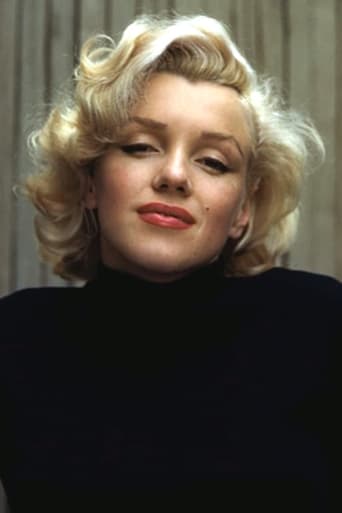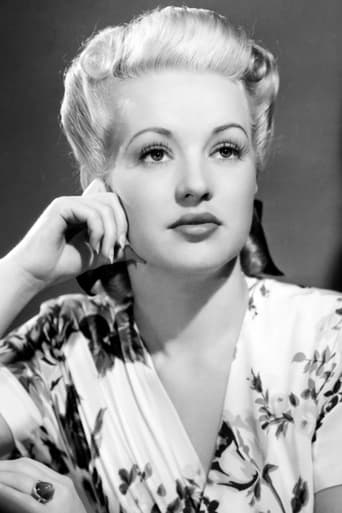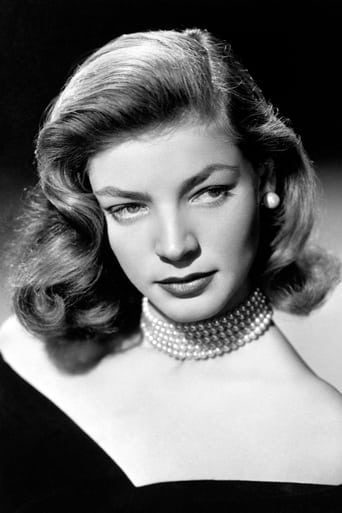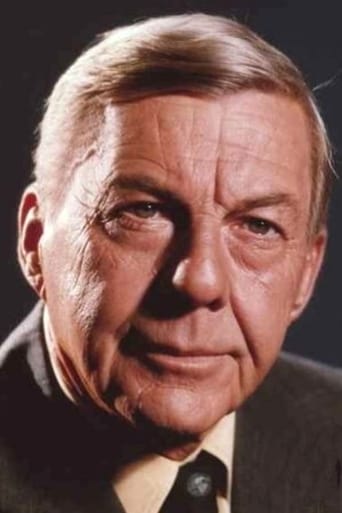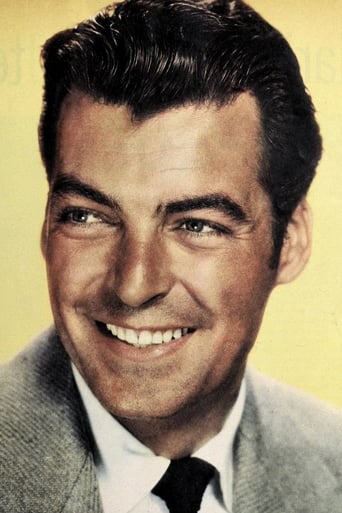JohnHowardReid
Copyright 4 November 1953 by 20th Century-Fox Film Corp. New York opening simultaneously at the Globe and Loew's State: 10 November 1953. U.S. release: November 1953. London opening at Odeon Marble Arch. U.K. release: March 1954. Australian release: 21 January 1954. Sydney opening at the Plaza (ran 12 weeks at this 1,500 seat cinema, four sessions a day). 8,607 feet. 96 minutes.SYNOPSIS: Three attractive but impoverished gold-diggers set out to trap millionaire husbands. Two of them succeed, but more through good luck than calculated design.NOTES: "Loco" opened on Broadway at the Biltmore on 16 October 1946 and closed after only 37 performances due to extremely unfavorable reviews. Jean Parker (in her Broadway debut) played the model with a heart of gold and Jay Fassett the philandering businessman. These roles were played in the movie by Betty Grable and Fred Clark. The play was produced and directed by Jed Harris. On the other hand, "The Greeks Had a Word for It" was a reasonable success. The play opened on Broadway at the Harris on 25 September 1930 and ran 224 performances. Dorothy Hall, Muriel Kirkland and Verree Teasdale played the three gold-diggers, opposite Hardie Albright, Frederic Worlock and Ernest Glendinning. The play was produced and directed by William Harris, Jr. In 1932 producer Sam Goldwyn changed the title slightly to "The Greeks Had a Word for Them" and starred Ina Claire, Joan Blondell and Madge Evans in a movie directed by Lowell Sherman from a screenplay by Sidney Howard, no less. (Betty Grable had a minor role as a showgirl). This theme was then used countless times in the 30s, 40s and early 50s, most notably in the Gold-Digger series of musicals produced at Warner Brothers, Andrew Stone's "The Bachelor's Daughters" and in such Fox variations as "Three Blind Mice", "Moon Over Miami: and "Three Little Girls In Blue". Both Le Maire and Travilla were nominated for an Academy Award for Best Color Costumes, but lost out to Le Maire's own "The Robe" in which he collaborated with Emile Santiago. Fox's second CinemaScope feature. Negative cost: $2.5 million. Initial domestic rental gross: $7.3 million. U.K. rentals: $2.5 million. Australia: $1.7 million. Fox's top-grossing release worldwide for 1954. The title, "How To Marry a Millionaire" was purchased from Doris Lilly, author of a real-life guide to this subject, for the incredible sum of $50,000. Marilyn Monroe, Best Actress — Photoplay Gold Medal Award.COMMENT: "How To Marry a Millionaire" shows its age, but still holds up rather well. Naturally, it bends over backwards to embrace the novelty of CinemaScope. After a curtain-raiser with the 20th Century-Fox Symphony Orchestra designed to show off the process' stereophonic sound, CinemaScope takes us on a travelogue excursion to New York City. We also see and hear airplane propellers in close-up, we thrill to an airport landing, we travel by car across George Washington Bridge, by train to Maine, and share a buggy ride in the high snow country. There's also a fashion show. I mean when you have three lookers like Monroe, Grable and Bacall, why waste them? A pity though that there's so much dull talk and that Fox resisted what must have been an obvious temptation to turn the movie into a musical. Many musical opportunities are passed up. Maybe it was thought the picture already had enough going for it, though one could question that assumption. Aside from his spacious use of CinemaScope, with characters often neatly lined up across the whole expanse of the screen, Negulesco's direction is pretty routine. Although it's full of inside jokes, the script is not as clever or witty as Johnson and Negulesco obviously think it is. It's also hard to credit such plot devices as cold Bacall falling for a gauche, charmless eccentric like Cameron Mitchell — and preferring him to William Powell (whom it's always a pleasure to see, even when cast in such a thankless role as here). Mr. Calhoun is also a waste of time, but Bacall, Wayne, MM and Grable are a delight. Of course we see less of MM than her top billing gives us a right to expect. Stunningly costumed throughout, she plays with considerable flair and finesse, and displays a naive charm that is quite appealing. (Unlike some of MM's other directors, Negulesco permitted MM's dramatic coach, Natasha Lytess, to actually coach her on the set.)The color photography of course, as in all early CinemaScope productions, is quite grainy, but that technical deficiency is partly redeemed by that great Fox sound recording - best in the industry!
mmallon4
How To Marry a Millionaire was the first movie filmed in Cinemascope (second to be released) and thus is a bit like the Avatar of 1953; a technological showcase but provides little in the way of interesting story or characters. The first five minutes of the film is comprised of composer Alfred Newman and his orchestra showcasing the visual and stereophonic capabilities of the new technology and trying to get audiences away from their televisions and into the movie theatre. TV is square and in black & white, movies are in colour and on a big wide screen. I can imagine this being quite a spectacle for audiences back in 1953 but why is it part of the movie and not a separate short? As for the visuals in the film itself, they do take advantage of the frame showing New York in full cinemascope although the use of a fish eye like lens in many shots is a little bothersome. How to Marry a Millionaire was the first film I saw William Powell in and he didn't leave any impression on me despite me later becoming a huge fan of his. As Roger Ebert put it, "William Powell is to words as Fred Astaire is to dance", but he has not killer material to work off here. The three leading ladies do have their own personalities but there is not much in the way of playing off each other nor is there any fast and witty dialogue. Overall the screwball comedy type plot isn't hugely fleshed out and there's no real sense of urgency although there are a few laughs to be had. I do particular like Betty Grable's grouchy, grumpy date played by Fred Clark. I find Marilyn Monroe however gets the most interesting dynamic in the film playing a woman who is afraid to wear glasses which feels like a statement on conformity in the 1950's.How To Marry a Millionaire is a prime example of what you would call an 'ok' film; a time passer, not terrible but not great either. Most enjoyment I do get from it is largely superficial as I do love me some 50's fluff with the colourful aesthetic and the high fashion. Plus three beauties in cinemascope, as a heterosexual male I'm not complaining.
elvircorhodzic
HOW TO MARRY A MILLIONAIRE is an easy, fun, and unfortunately the average comedy. Three Cinderella want to find my happiness in life by marrying a rich man. Three poor models for rent a luxury New York apartment to be presented as part of the high society and also tried to "catch" potential rich husbands. This well-known cliché is a very fun way caricatured, the main female characters it seriously and with one hundred percent commitment approach, and their male candidates, each in their own way accept their game.The director has tried to divert attention from the average of the story so that it is further enriched scenery. I think that to some extent he succeeded. Betty Grable as Loco Dempsey was the most fun of the three ladies, and probably had the most success. She found a young and fair forest workers. Lauren Bacall as Schatze Page is brain surgery, the smartest part of the team. Cold and a bit cheeky. Determined in its intention and eventually was awarded. Marilyn Monroe as Pola Debevoise is the complete opposite of everything in this film. The young lady who knows what she wants, but she can not find her way. There is of course humorous blindness. It is logical to find a soul mate. Paola is not stupid, she's just ... charming and so hot.I have not enjoyed it, but I'm a big fan of the two ladies in this movie. William Powell is still a charmer.





